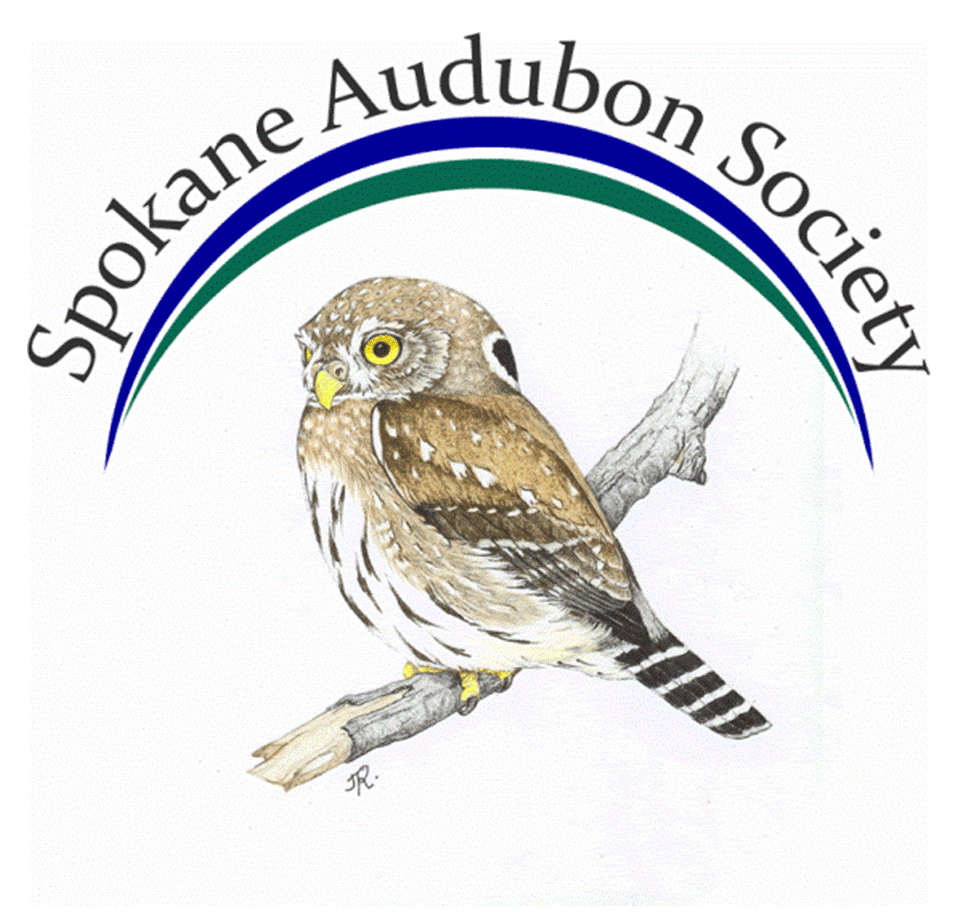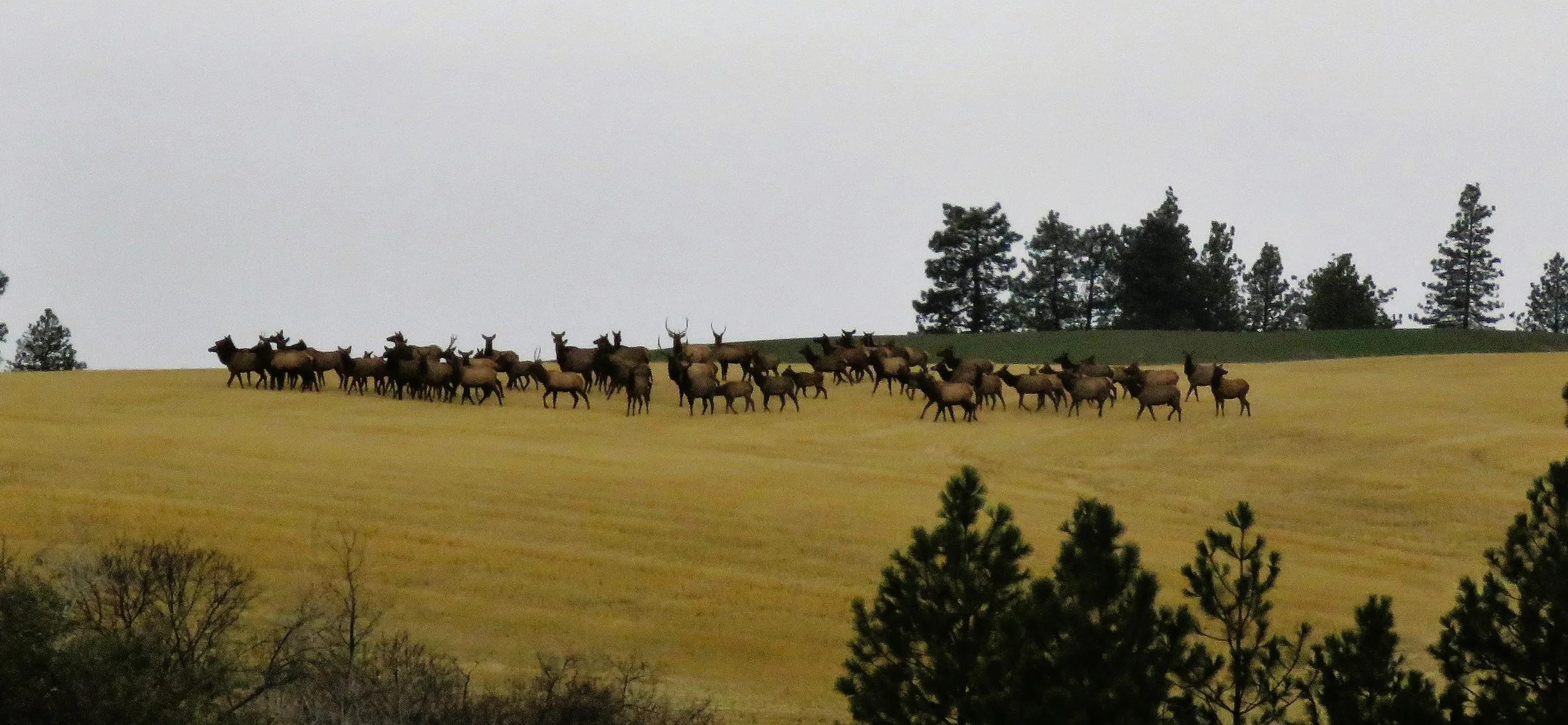By Shenandoah Marr
It started with my morning coffee. Following a recent discussion with a friend about how we would never let our money support deforestation, I started thinking more about what products actually do come from the rainforest. Growing up in California in the late 80’s I spent my adolescent years hearing about the destruction of the Amazon, begging my mom to buy Ben and Jerry’s Rainforest Crunch ice cream, and wishing I lived closer to a trendy new Rainforest Café. I thought I was an expert on rainforest preservation matters. I never purchased products sourced from endangered species, and quit eating McDonalds in high school after learning they were cutting down the rainforest to raise cattle. Surely not a cent of my money ever supported the destruction of the Amazon or any other rainforest. Or did it?
I first learned about “shade-grown” coffee as an undergrad at hippie, environmentally conscious Humboldt State University. Any Humboldt State student worth their Birkenstocks would only drink coffee (from reusable cup) that had been grown in shaded conditions because that coffee would protect the rainforest. The rainforest that supports much of the wildlife many HSU students, including me, wanted to spend their careers protecting. Feeling pretty smug after the aforementioned conversation about deforestation and certain that, by purchasing only shade grown coffee for 20 years made me a rainforest hero, I started looking at how much forest I’d helped save simply by buying coffee. What I found shocked me to my environmentalist core. Not only is some coffee labeled shade grown farmed under a spindly canopy, some coffee producers will clear cut an area, replant it with some banana trees or other monoculture and slap a shade grown label on it. Since the shade grown label is unregulated, the producer isn’t doing anything illegal. After going through a period of intense anger and disappointment, both at myself and the companies who had deceived me, I channeled this anger into action. This led me to Smithsonian Certified Bird Friendly coffee. Unlike confusing labels about shade-grown, ethical, natural, or other meaningless adjectives, coffee carrying this label is strictly regulated. It has been certified by a third-party using criteria established by the Smithsonian Migratory Bird Center. Their criteria is based on years of research and has been scientifically proven to provide bird habitat second only to that of completely undisturbed forest. Thankfully, it is fairly easy to purchase Smithsonian Bird Friendly coffee directly from the mostly small, family-owned companies who sell it through their websites. After several enjoyable months of trying a variety of coffees of different origins, roasts, and companies, I have found a couple of clear favorites. Now I enjoy my daily cup of coffee knowing that at least my coffee purchases are not contributing to deforestation, and are helping to preserve the habitat the birds and other wildlife so desperately need.
What started from a conversation about personal choices and deforestation led to not only buying different coffee beans, but to a deeper appreciation for birds. Prior to this Smithsonian Bird Friendly coffee journey, my excitement for wildlife centered on reptiles, amphibians, and mammals. Sure, I liked birds but I couldn’t be bothered to learn much about them or give them any more than a casual observation. However, the coffee grown far away from my home in Spokane taught me about the miracle of long-distance migration and to better appreciate these amazing creatures that I saw every day. Wanting to learn more about our local birds, I joined the 2021 Christmas Bird Count on a freezing morning in January. Little did I know that coffee and a citizen science project was just the beginning of my journey into making lifestyle choices for the birds.
If you are interested in learning more about Smithsonian Certified Bird Friendly coffee, click here, or to order some at a discounted price, please contact me at spokaneaudubon@gmail.com with the subject “Coffee”.











